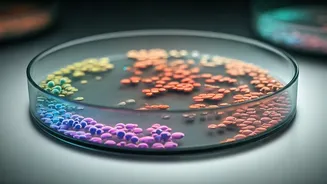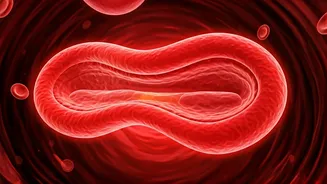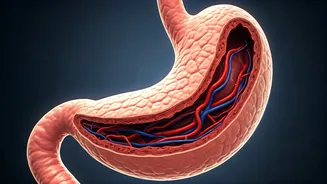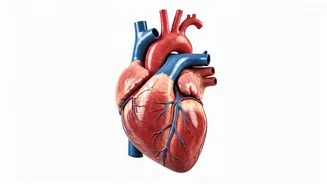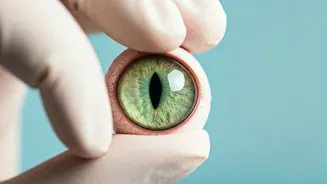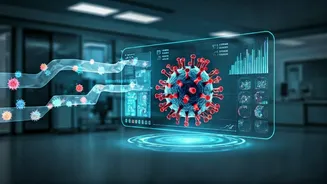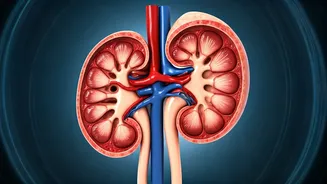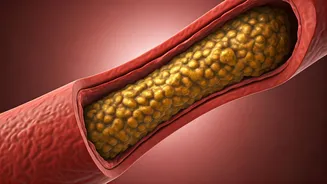Antibiotics Under Siege
The widespread use of antibiotics has inadvertently created an environment where bacteria thrive on adaptation. Every time antibiotics are administered,
a selection pressure is placed on the bacterial population. This pressure encourages the survival and multiplication of bacteria that possess resistance mechanisms. These mechanisms, which can include altering the antibiotic's target, inactivating the antibiotic, or preventing its entry into the bacterial cell, allow resistant bacteria to flourish, gradually replacing susceptible strains. This evolutionary process, driven by the overuse and, in some cases, misuse of antibiotics, directly fuels the escalating crisis of antibiotic resistance. The issue is exacerbated in healthcare settings, where close proximity and frequent antibiotic use create ideal conditions for the rapid spread of resistant bacteria, further endangering public health. Additionally, the agricultural sector's use of antibiotics in livestock, contributing to the development and transmission of resistance across various environments, also presents a significant challenge to global efforts in combating the rise of antibiotic-resistant strains. This complex interaction between drug use, bacterial evolution, and environmental factors paints a stark picture of the challenges in preserving the efficacy of our antibiotics.
The Resistance Mechanism
Bacteria are formidable adversaries in this evolutionary arms race, employing several strategies to circumvent the effects of antibiotics. One common mechanism involves altering the antibiotic's target site within the bacterial cell. This change prevents the antibiotic from binding effectively, rendering it useless. Alternatively, bacteria might produce enzymes that inactivate antibiotics by chemically modifying their structure. For instance, some bacteria produce beta-lactamase enzymes, which break down penicillin-based antibiotics, a once-effective class of drugs. Another defense mechanism is the active efflux of the antibiotic, where bacteria pump the drug out of the cell before it can reach its target. Bacteria can also develop mechanisms to prevent the antibiotic from entering the cell in the first place, or they can produce alternative metabolic pathways that bypass the antibiotic’s effects. In effect, through genetic mutations, bacteria are able to adapt, develop new defense capabilities, and consequently, withstand the effects of antibiotics, making previously treatable infections increasingly difficult to manage.
Combating the Threat
Addressing the rising tide of antibiotic resistance requires a multifaceted approach. Firstly, there’s an urgent need for the judicious use of existing antibiotics. This involves prescribing antibiotics only when truly necessary and ensuring patients complete their prescribed courses. Secondly, promoting responsible antibiotic use in agriculture, where antibiotics are often used to promote growth in livestock, can stem the flow of resistant bacteria into the human population. Furthermore, accelerating research and development into new antibiotics and alternative therapies is crucial. Such alternatives could include phage therapy, which uses viruses to target and kill specific bacteria, or the exploration of new drug classes that avoid existing resistance mechanisms. Enhanced surveillance and monitoring programs are also vital to tracking the spread of resistant strains and understanding the dynamics of resistance development. Global collaboration is crucial, as antibiotic resistance is a global problem requiring coordinated actions by healthcare providers, policymakers, researchers, and the public. Education and public awareness campaigns are also essential to emphasize the importance of antibiotic stewardship and the need to protect these valuable medicines for the future.
